SYNTHETIC FIBRES AND PLASTICS for Class 8 SCIENCE
Introduction
Hum apni body ko cover karne ke liye clothes wear karte hai aur ye clothes fabrics se bante hai. Fabric ko hum bahut saare household articles banane ke liye bhi use karte hai. Class 6 aur 7 mein hamne padha ki fabric fibres se banta hai. Hamne yeh bhi padha ki fibers hamein plants aur animals se milte hai jinko hum natural fibres kehte hai. Ya fir fibres man-made bhi hote hai jo chemicals se banaye jaate hai jinko hum synthetic fibres kehte hai. Iss chapter mein hum synthetic fibres ke baare mein padhenge. Iss chapter ke through hum janege ki ye kaise bante hai, inke types kounse hai, inki characteristics kya hai etc.
What are synthetic fibres?
Synthetic fibres small units ki ek chain hoti hai. Har ek small unit ek chemical substance hota hai. Aisi small units ko combine karke ek large single unit banti hai jisko polymer kehte hai. Polymer do greek words se bana hai poly + mer. Poly means many and mer means part / unit. Polymer bahut sari repeating units se mil kar banta hai.
Polymer nature mein bhi hota hai. Eg- Cotton bhi ek polymer hai jisko cellulose kehte hai. Cellulose large number of glucose units se banta hai.
Types Of Synthetic Fibres
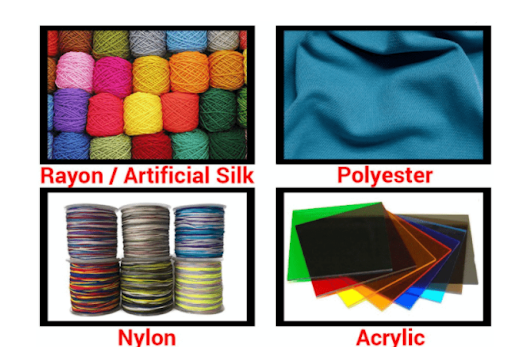
Rayon
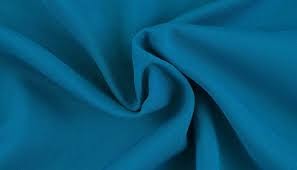
Nylon
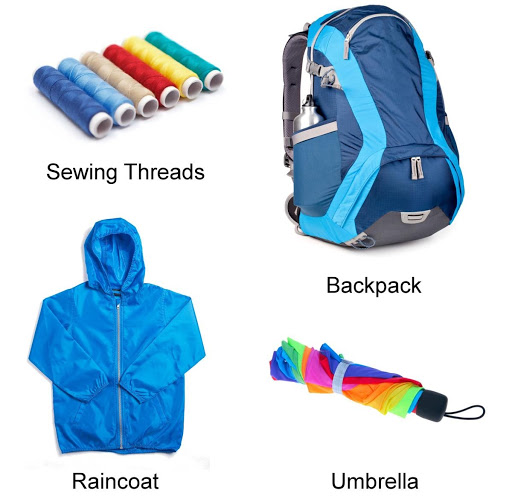
Polyester and Acrylic
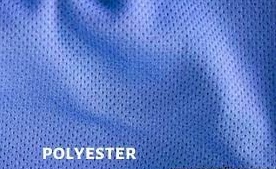
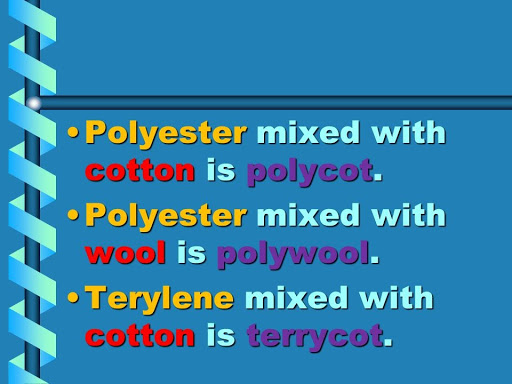
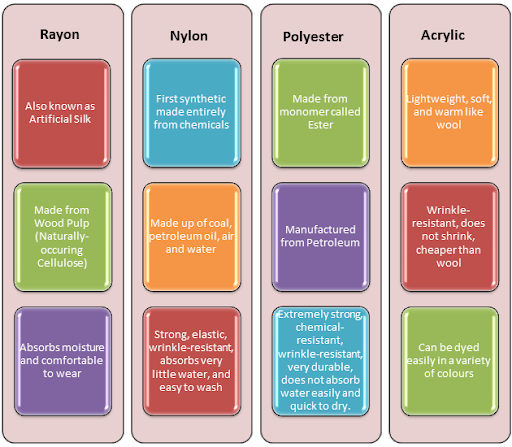
Characteristics Of Synthetic Fibres
POINT 1
Synthetic fibres: A synthetic fibre, as well as plastic, is made up of a chain of small units (called Monomers) which combine to form polymers.
Polymers: Polymer is a Greek word in which 'poly' means 'many' and 'mer' means units. Hence, polymers are large molecule made up of several molecules (or monomers) linked together.
Synthetic fibres: A Synthetic Fibre is a chain of small units of chemical substance joined together.
Petrochemicals: Those chemicals which are obtained from petroleum and natural gas are called petrochemicals.
Plastics
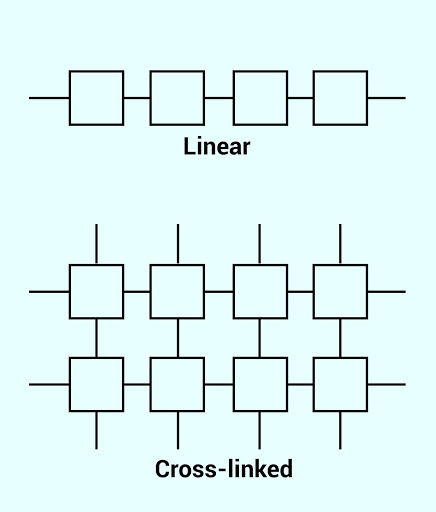
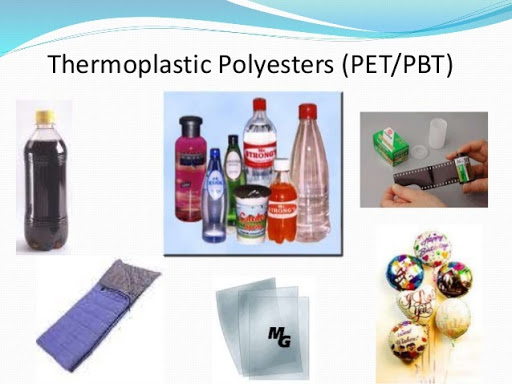
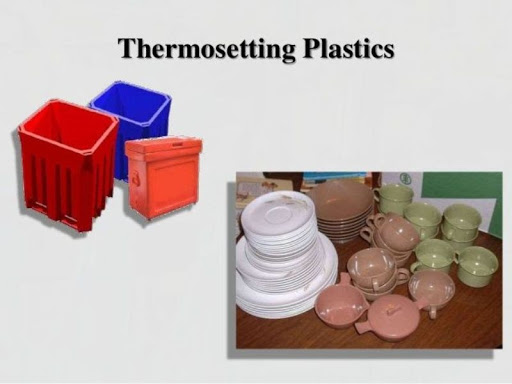
POINT 2
Plastics:A plastic is a synthetic material which can be moulded or set into desired shape when soft and then hardened to produce a durable article. Plastics are also polymers.
Thermoplastics:A plastic which can be softened repeatedly by heating and can be moulded into different shapes again and again is called thermoplastic.
Thermosetting plastics:A plastic which once set,does not become soft on heating and cannot be moulded a second time,is called thermosetting plastic.
Plastics as materials of choice>
In today’s time mostly people food item, water, milk, pickles, dry food etc. ko store karne ke liye plastic containers hi prefer karte hai kyonki wo light weight hote hai, lower price hota hai, good strength hoti hai aur easy to handle hote hai. Plastics metals se light weight ke hote hai isliye inko aircrafts, cars aur space crafts etc. mein bhi use kiya jata hai. Aisi countless items hai jinme hum plastic ka use karte hai. Toh ab hum plastics ki characteristics ke baare mein padhenge.
Characteristic Properties Of Plastics:
Plastic is Non-reactive
Hamne dekha hai ki metals ko water aur air ke contact mein laya jaye toh wo rusted ho jate hai lekin plastic water aur air ke sath react nahi karte. Plastics easily corrode nahi hote isliye inko storage ke liye use kiya jata hai.Plastic is Light, Strong and Durable
Plastic bahut light, strong aur durable hota hai. Isko hum different purpose ke liye different shapes aur sizes mein mould kar sakte hai. Plastics generally metals se sasta hota hai. Yeh industries mein aur household articles banane mein use hota hai.Plastics are Poor Conductors
Plastics and the Environment
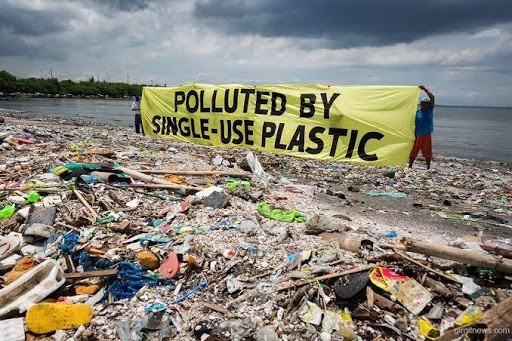
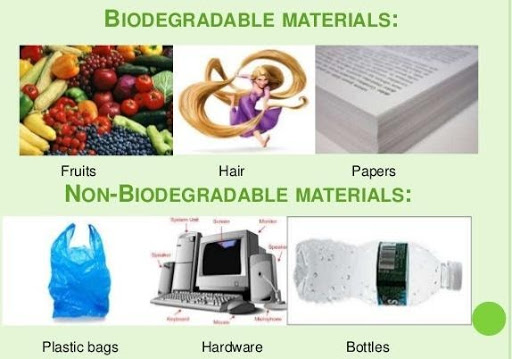

POINT 3
Biodegradable waste: Biodegradable waste is a type of waste, typically originating from plant or animal sources, which may be degraded by other living organisms.
Biodegradable material: A biodegradable material can be defined as a material which can be decomposed by bacteria or other natural organisms and not be adding to pollution.
Non- Biodegradable waste: Waste that cannot be decomposed by the biological processes is known as Non-biodegradable wastes.
Non- Biodegradable material: A Non-Biodegradable material can be defined as a kind of substance which cannot be broken down by natural organisms and acts as a source of pollution.
Reduce: Use the resources in less amount.
Reuse: Use the same thing again and again.
Recycle: Making new products from waste materials.
Recover: Using waste for a different purpose.
Refuse: Saying no to the products which harm our environment.
IMPORTANT DIFFERENCES
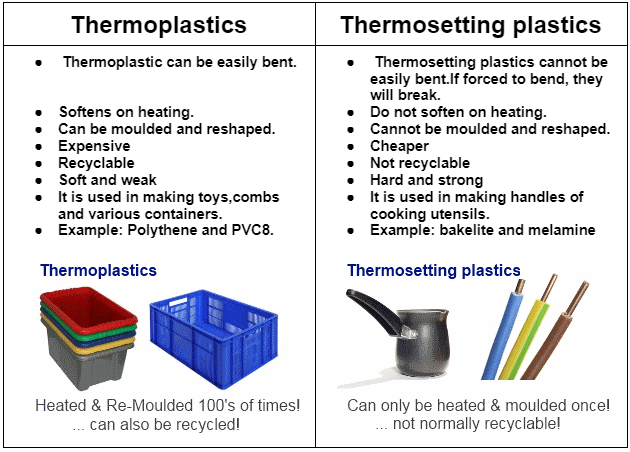
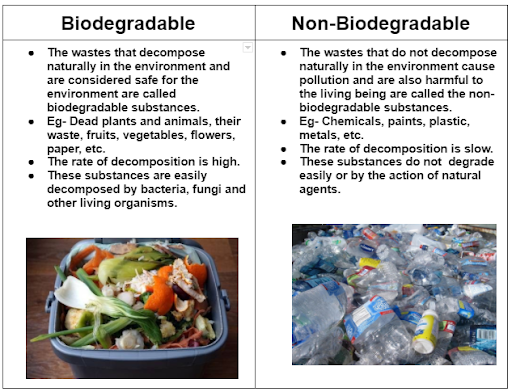
SUMMARY
1. Synthetic fibres and plastics, like natural fibres, are made of very large units called polymers. Polymers are made up of many smaller units.
2. While natural fibres are obtained from plants and animals, synthetic fibres are obtained by chemical processing of petrochemicals. Like natural fibres, these fibres can also be woven into fabrics.
3. Synthetic fibres find uses ranging from many household articles like ropes, buckets, furniture, containers, etc., to highly specialised uses in aircrafts, ships, spacecrafts, healthcare, etc.
4. Depending upon the types of chemicals used for manufacturing synthetic fibres, they are called Rayon, Nylon, Polyester and Acrylic.
5. The different types of fibres differ from one another in their strength, water absorbing capacity, nature of burning, cost, durability etc.
6. Today, life without plastics cannot be imagined. Be it home, or outside, plastic is everywhere.
7. The waste created by plastics is not environment friendly. On burning, plastics release poisonous gases. On dumping in the ground they may take years to degenerate. This is because of their non-biodegradable nature.
8. We need to use synthetic fibres and plastics in such a manner that we can enjoy their good qualities and at the same time minimise the environmental hazards for the living communities.